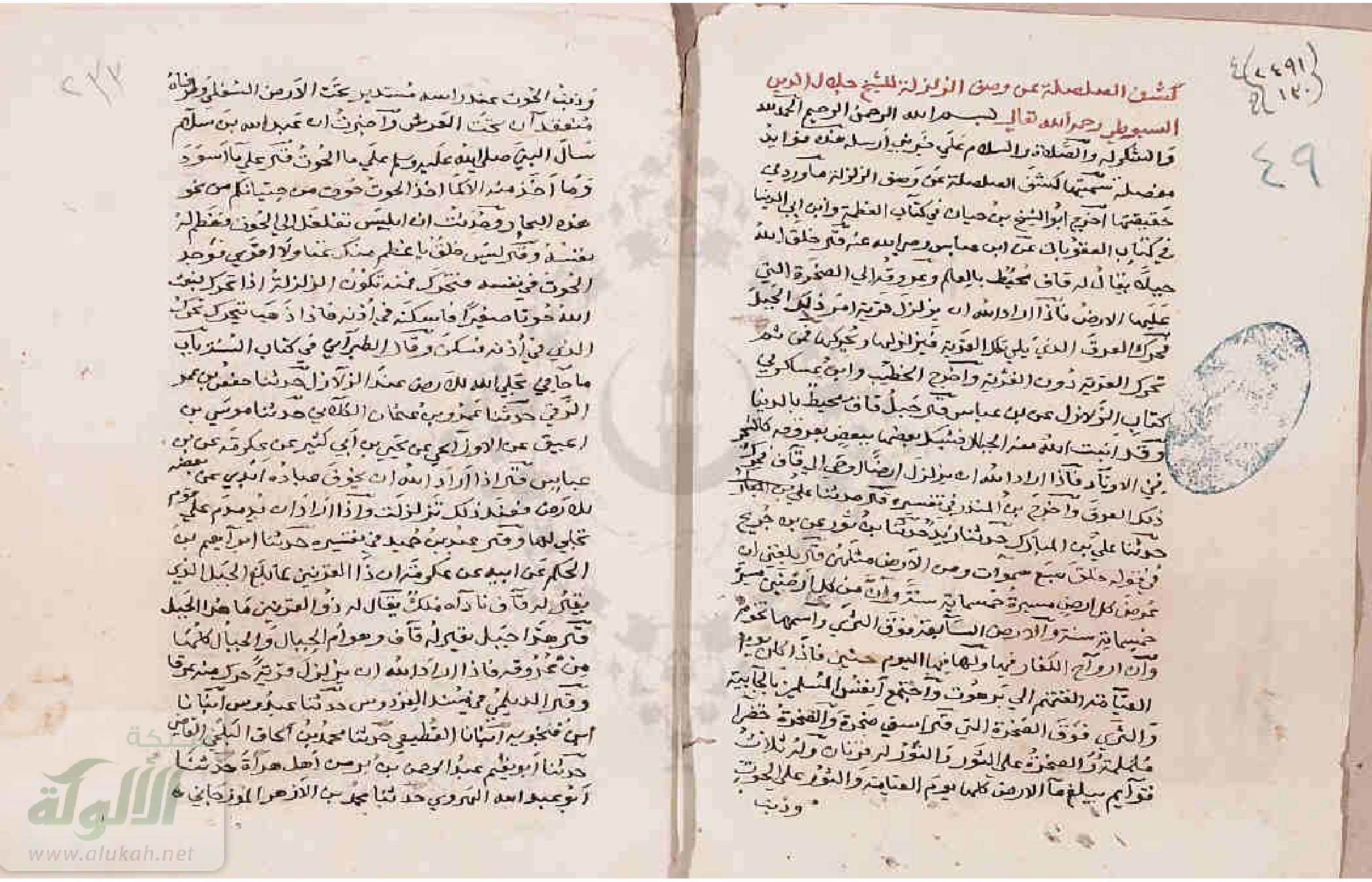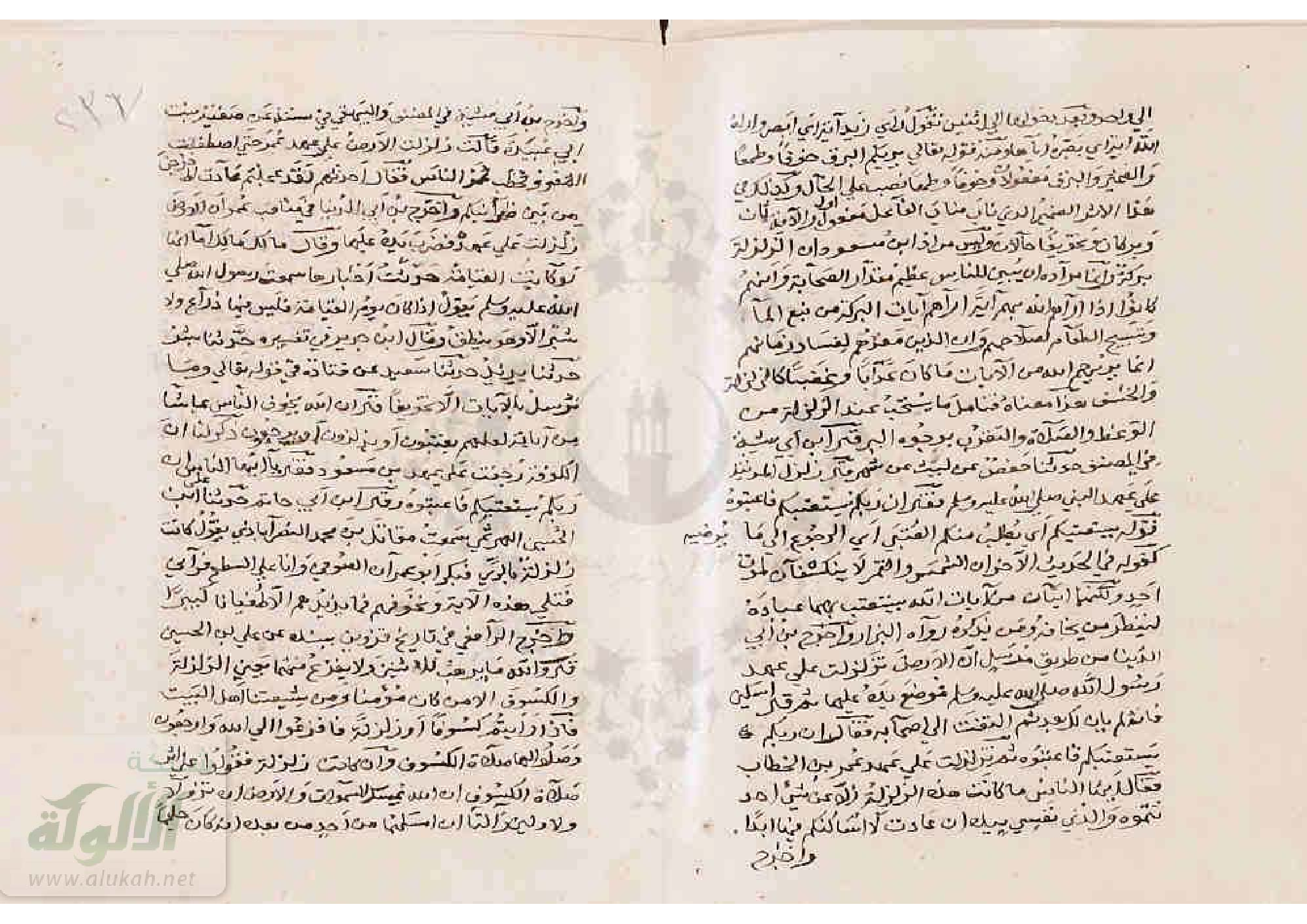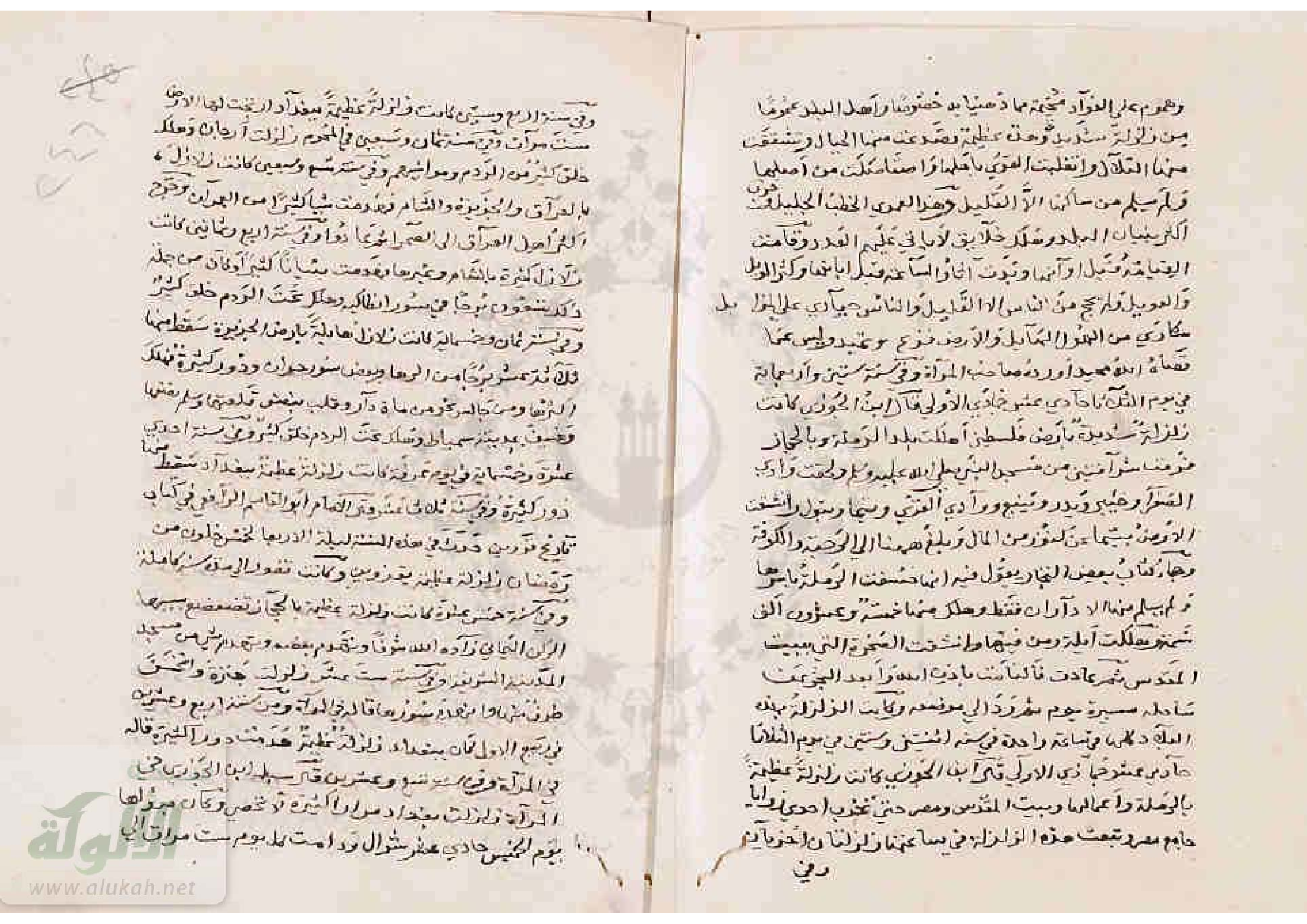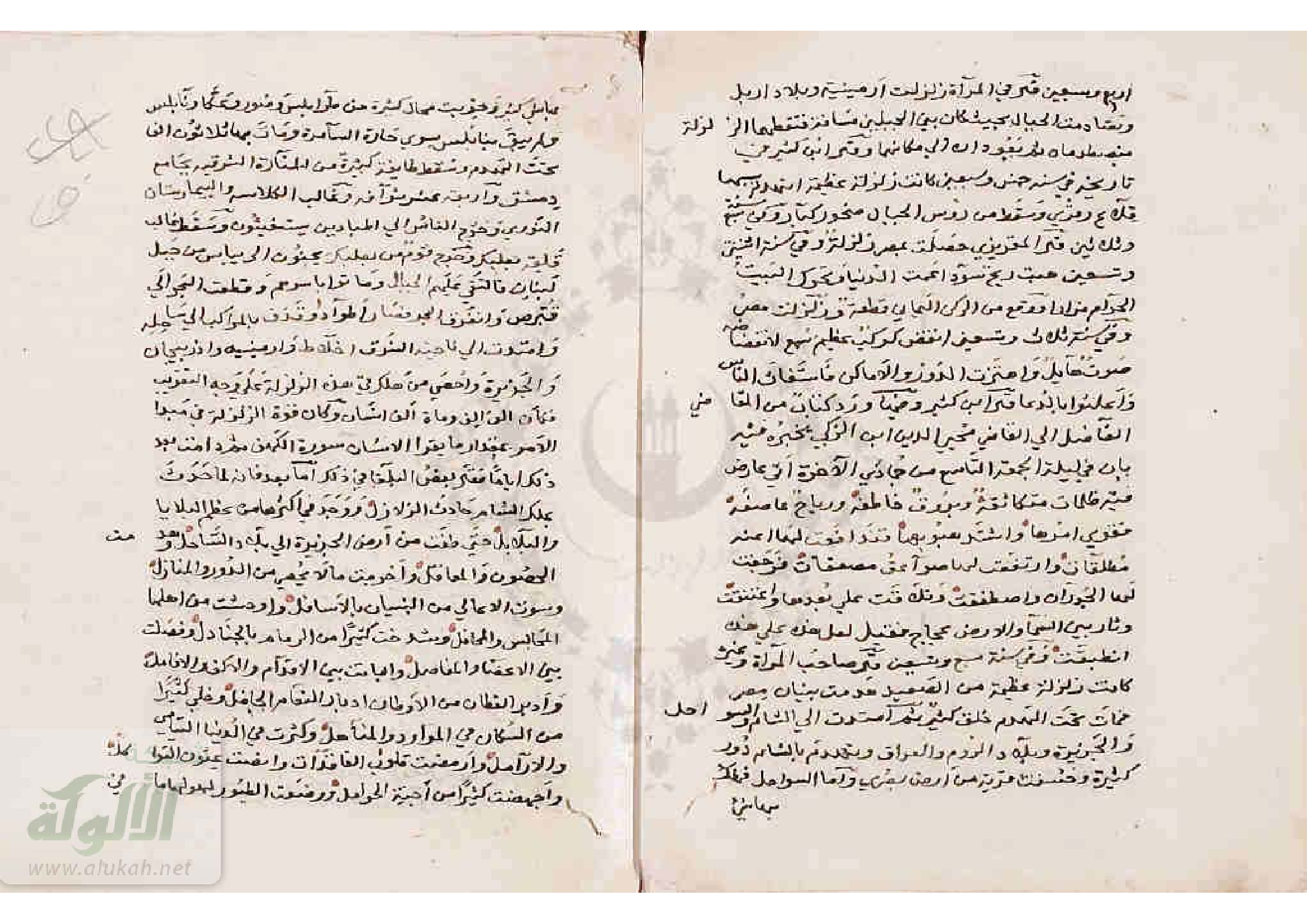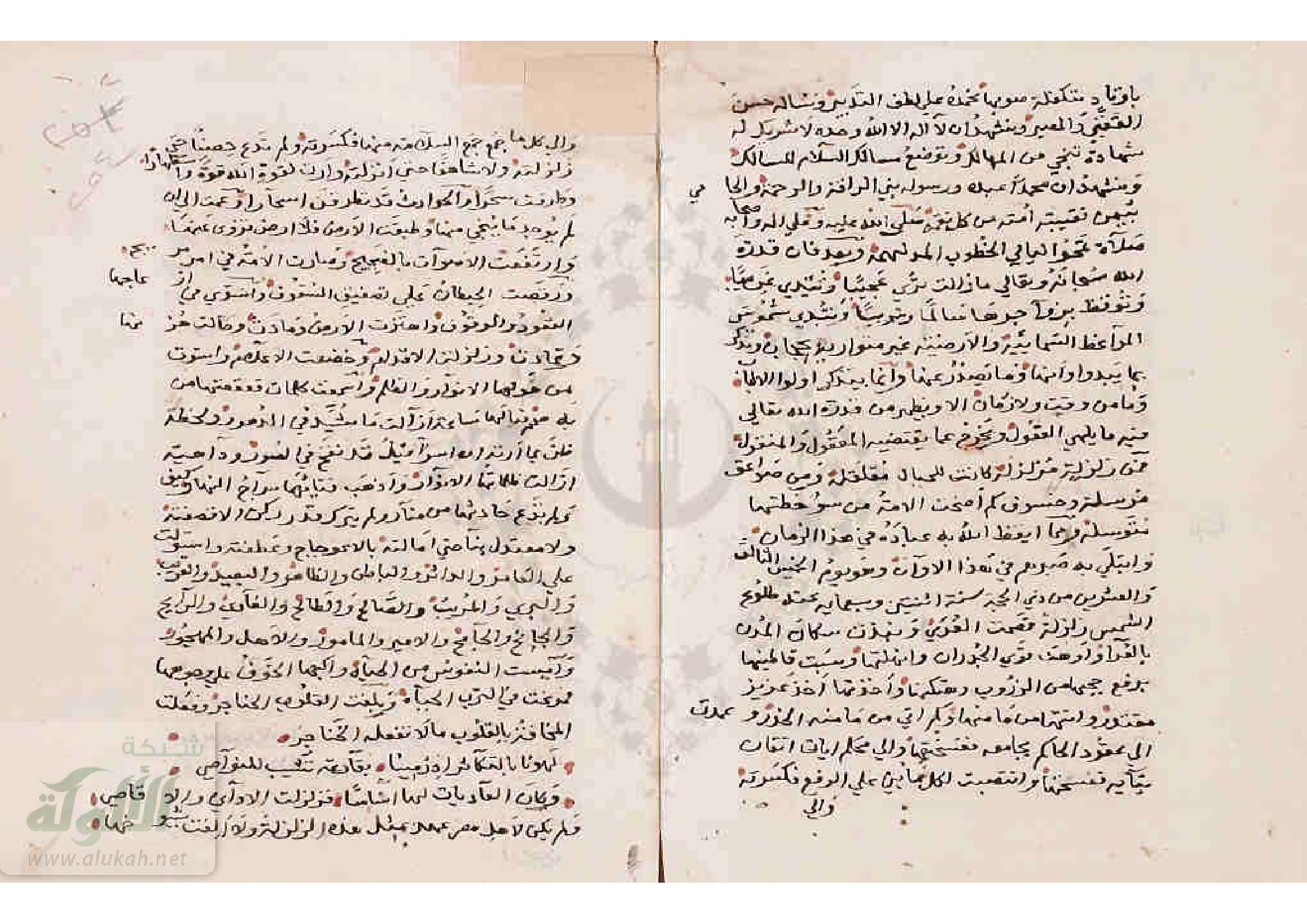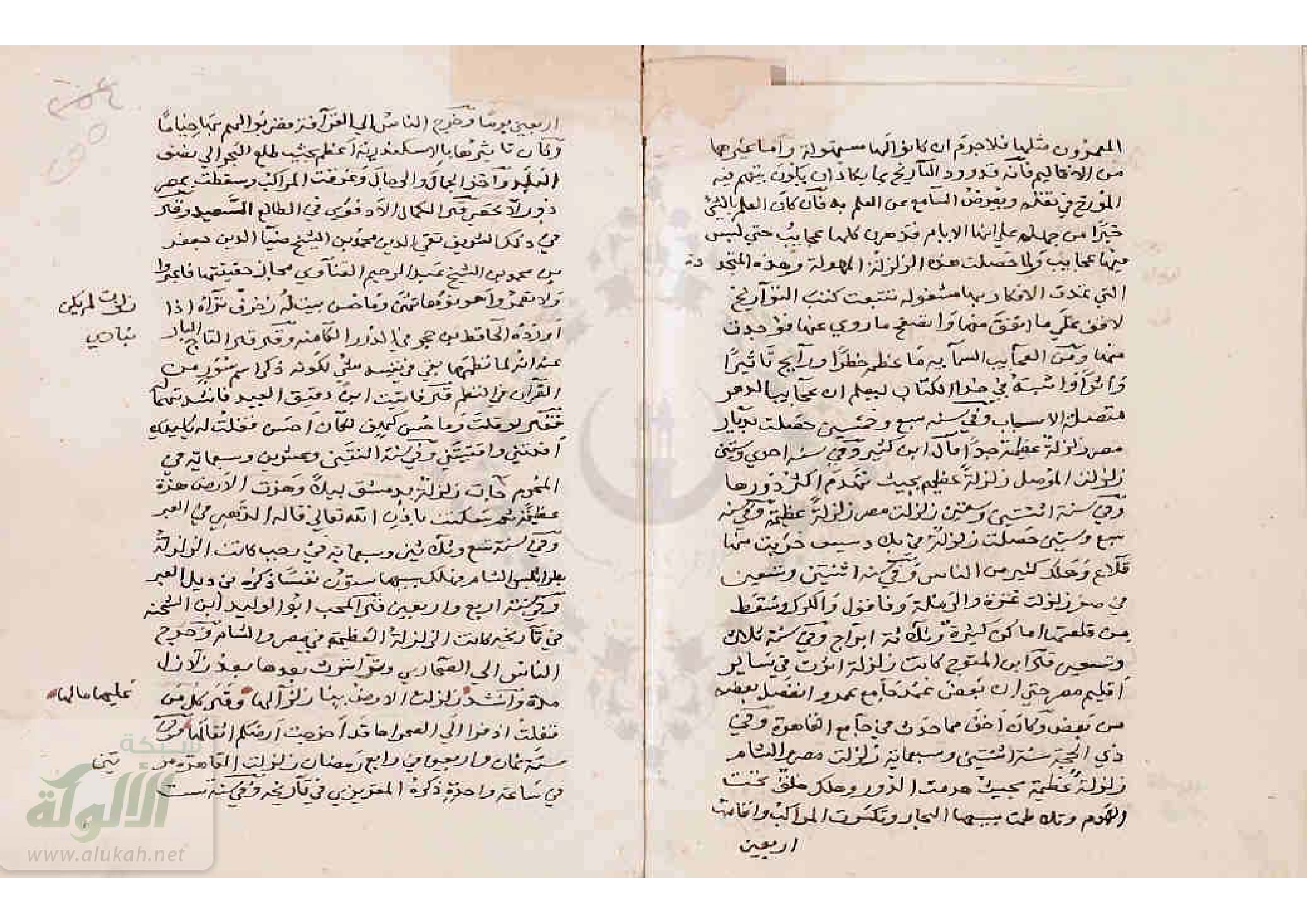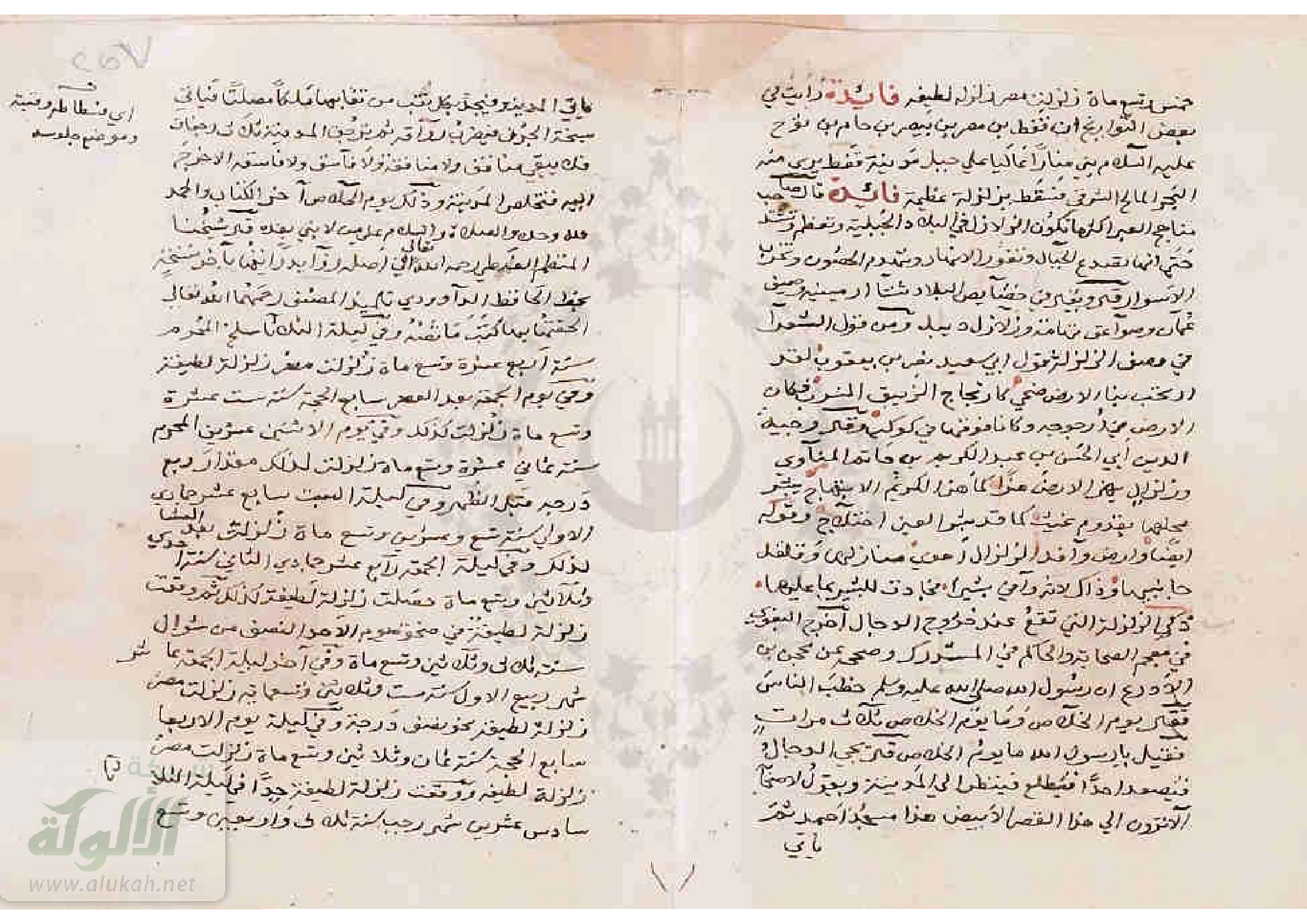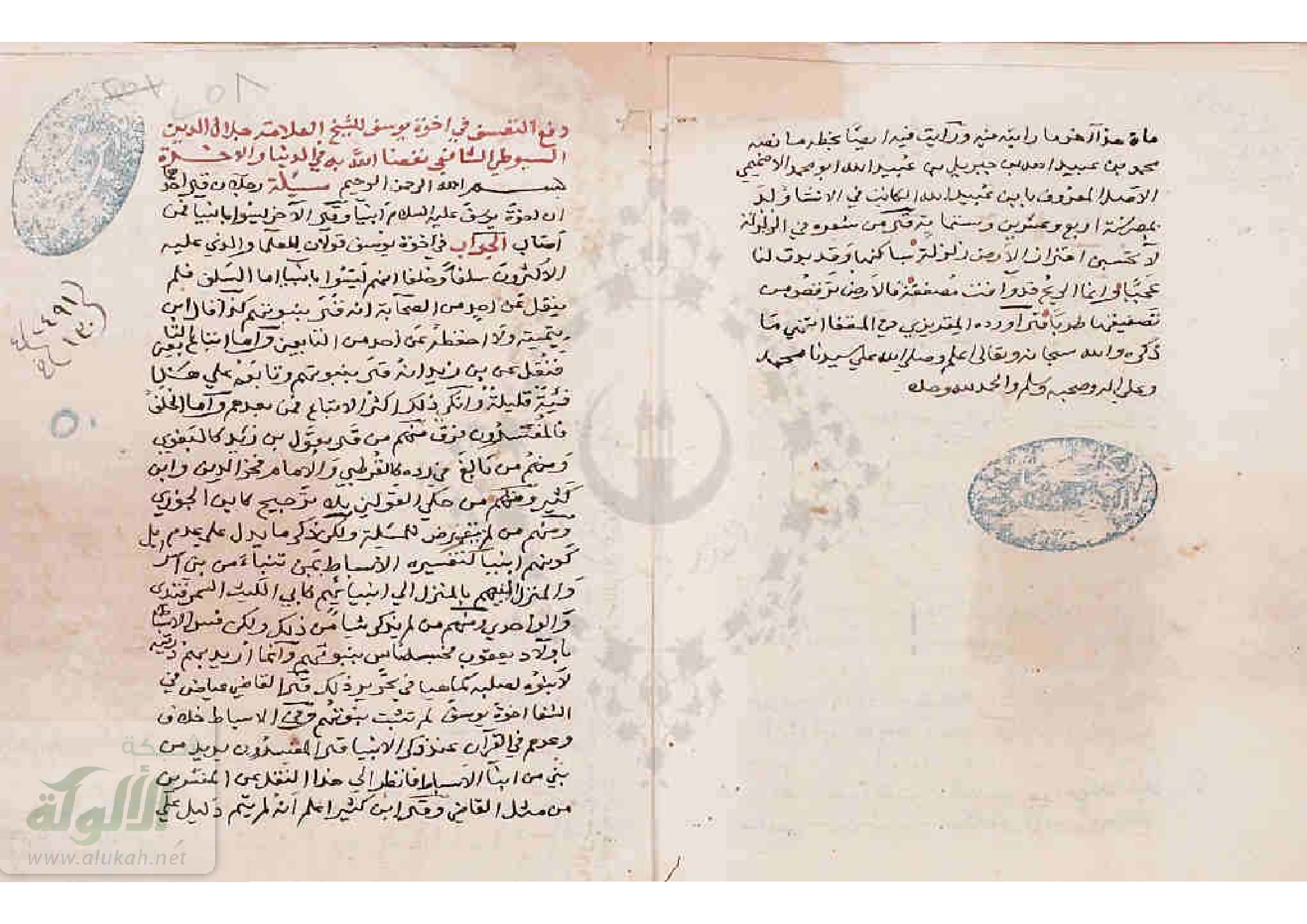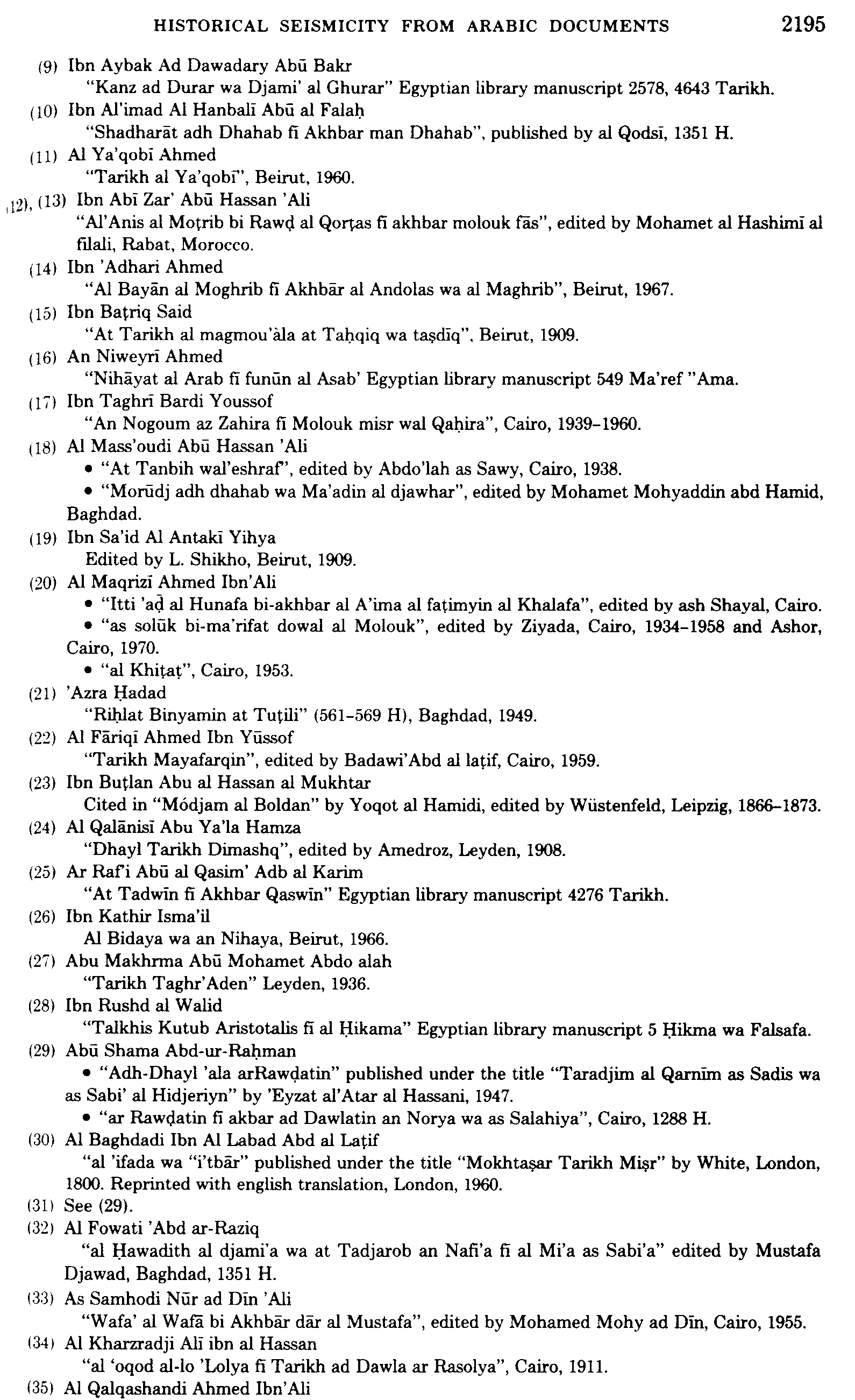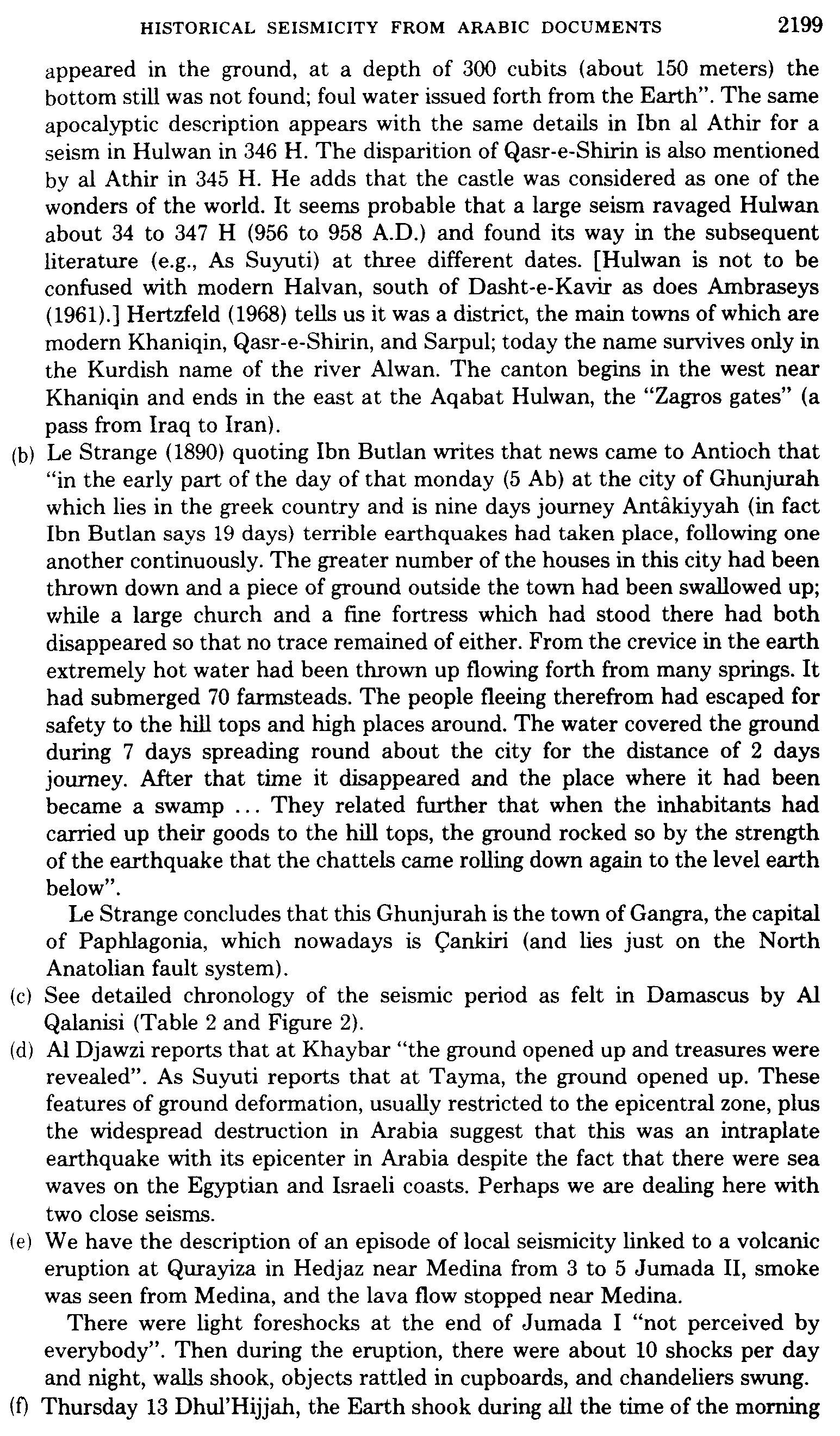(1) Al Biruni Abu al Rayhan Mohamet
· "Al Athar al Baqiya 'An alqoron al Khaliya", edited by Sachau, Leipzig, 1923.
· "Tandid Nihayat al Amain li-tashili masaffit al-masain", edited by B. Bolgakof,
review of the Arabic league for Arabic manuscripts, May-Nov. 1962.
(2) Ibn Al Djawzi 'Abd-ar-Rahman
· "Shudhur al'oqod fi Ather al'ohod" Egyptian library manuscript 994 Tarikh.
· Al modehish fi al Mohadrat" Egyptian library manuscript B 23054.
· "Al montazam", Hyderabad ad Dakan, 1357 H.
(3) Ibn Al Qasim Yihya
· "Anba'al zaman fi Tarikh Abna' al-yaman" Egyptian library manuscript 17075 H.
· "Ghayat al amany fi akhbar al-qotr al yamani", edited by Said Ashor dar al Katib Cairo, 1968.
(4),(5) Al Ispahani Hamza
· "Tarikh sini mulak al-ard", Leipzig, 1944.
(6) Al Dhahabi Abu 'Abdalah Mohamet
· "Tarikh al Islam" vol. 1-5 published by al Qodsi, 1369 H and Egyptian library manuscript 1452 Tarikh.
· "Dowal al Islam", Hyderabad ad Dakan, 1233 H.
· "Al eber fi khabar man ghabar", edited by Salah al Menagid, Kuwait, 1966.
(7) Ibn Al Athir Abu Hassan 'Ali
· "Al Kamil fi at Tarikh", edited by Tornberg, Leyden, 1851-1876.
· "al Tarikh al Bahir fi ad Dawla al Atabikya", edited by Tolymat, Cairo, 1963.
(8) At Tabari Abii Djafar Mohamet
· "Tarikh at Tabary", edited by De Golfe, Leyden, 1879-1901.
(9) Ibn Aybak Ad Dawadary Abil Bakr
· "Kanz ad Durar wa Djami' al Ghurar" Egyptian library manuscript 2578,4643 Tarikh.
(10) Ibn Al'imad Al Hanbali Abu al Falah
· "Shadharat adh Dhahab fi Akhbar man Dhahab", published by al Qodsi, 1351 H.
(11) Al Ya'qobi Ahmed
· "Tarikh al Ya'qobi", Beirut, 1960.
12),(13) Ibn Abi Zar' Abil Hassan 'Ali
· "Al'Anis al Motrib bi Rawd al Qortas if akhbar molouk fas", edited by Mohamet al Hashimi al
filali, Rabat, Morocco.
(14) Ibn 'Adhari Ahmed
· "Al Bayan al Moghrib fi Akhbar al Andolas wa al Maghrib", Beirut, 1967.
(15) Ibn Batriq Said
· "At Tarikh al magmou'ala at Taliqiq wa tasdiq", Beirut, 1909.
(16) An Niweyri Ahmed
· "Nihayat al Arab if funun al Asab' Egyptian library manuscript 549 Ma'ref "Ama.
(17) Ibn Taghri Bardi Youssof
· "An Nogoum az Zahira fi Molouk misr wal Qahira", Cairo, 1939-1960.
(18) Al Mass'oudi Abu Hassan 'Ali
· "At Tanbih wal'eshraf', edited by Abdo'lah as Sawy, Cairo, 1938.
· "Morildj adh dhahab wa Ma'adin al djawhar", edited by Mohamet Mohyaddin abd Hamid, Baghdad.
(19) Ibn Sa'id Al Antaki Yihya
· Edited by L. Shikho, Beirut, 1909.
(20) Al Maqrizi Ahmed Ibn'Ali
· "Itti 'ad al Hunafa bi-akhbar al A'ima al fatimyin al Khalafa", edited by ash Shayal, Cairo.
· "as soliik bi-ma'rifat dowal al Molouk", edited by Ziyada, Cairo, 1934-1958 and Ashor, Cairo, 1970.
· "al Khitat", Cairo, 1953.
(21) 'Azra Hadad
· "Rihlat Binyamin at Tutili" (561-569 H), Baghdad, 1949.
(22) Al Fariqi Ahmed Ibn Yussof
· "Tarikh Mayafarqin", edited by Badawi'Abd al latif, Cairo, 1959.
(23) Ibn Butlan Abu al Hassan al Mukhtar
· Cited in "Modjam al Boldan" by Yoqot al Hamidi, edited by Wiistenfeld, Leipzig, 1866-1873.
(24) Al Qalanisi Abu Ya'la Hamza
· "Dhayl Tarikh Dimashq", edited by Amedroz, Leyden, 1908.
(25) Ar Raf i Abu al Qasim' Adb al Karim
· "At Tadwin fi Akhbar Qaswin" Egyptian library manuscript 4276 Tarikh.
(26) Ibn Kathir Isma'il
· Al Bidaya wa an Nihaya, Beirut, 1966.
(27) Abu Makhrma AbE Mohamet Abdo alah
· "Tarikh Taghr'Aden" Leyden, 1936.
(28) Ibn Rushd al Walid
· "Talkhis Kutub Aristotalis if al Hikama" Egyptian library manuscript 5 Hikma wa Falsafa.
(29) Abii Shama Abd-ur-Rahman
· "Adh-Dhayl 'ala arRawdatin" published under the title "Taradjim al Qarnun as Sadis wa as Sabi' al Hidjeriyn" by 'Eyzat al'Atar al Hassani, 1947.
· "ar Rawdatin fi akbar ad Dawlatin an Norya wa as Salahiya", Cairo, 1288 H.
(30) Al Baghdadi Ibn Al Labad Abd al Latif
· "al 'ifada wa "ftbar" published under the title "Mokhtassr Tarikh Misr" by White, London,
1800. Reprinted with english translation, London, 1960.
(31) See (29).
(32) Al Fowati 'Abd ar-Raziq
· "al tlawadith al djami'a wa at Tadjarob an Nafi'a fi al Mi'a as Sabi'a" edited by Mustafa
Djawad, Baghdad, 1351 H.
(33) As Samhodi Nur ad Din 'Ali
· "Wafa' al Wafa bi Akhbar dar al Mustafa", edited by Mohamed Mohy ad Din, Cairo, 1955.
(34) Al Kharzradji Ali ibn al Hassan
· "al `oqod al-lo 'Lolya fi Tarikh ad Dawla ar Rasolya", Cairo, 1911.
(35) Al Qalqashandi Ahmed Ibn'Ali
· "Sobh al A'sha fi Sina'at al "Insha"", Cairo, Ministry of Culture.
· "Ma'ther al Inafa fi Ma'lim al Khilafa", edited by Abd as Satar faradj, Kuwait, 1964.
(36) Al Malti Abu al faradj
· "Tarikh ad Dowal as Siryani" written by Armala as Siryani, published in the review of id
Mashriq, March-April 1956.
(37) Al Yonini
· "Dhayl Mirat az Zaman", Hyderabad ad Dakan.
(38) Ad Dimashqi Shaykh ar Rabwa
· Nukhbat ad Dhar fi "Adj'ab al Bar wa al Bahr", edited by Mehren, 1966.
(39) Ibn Al Wardi 'Omar
· "Tatimat al Mokhtaser fi Akhbar al Bashar", Cairo.
(40) Ibn Hadjar Ahmed Ibn'Ali
· '"Ubba' al Ghomr bi Abna' al 'Omr", edited by Hassan Habashi, Cairo, 1972.
(41) See (20).
(42) Ibn 'Ivas Mohamen Ibn Ahmed
· "Bada'i' az Zohour fi Waqa'i' ad Dohour", Cairo, 1898, edited by M. M. Ziyada, Cairo, 1960
(43) See (33).
(44) Al'Aydarous Abdal Qadir
· "An Nour as Sof-lion Akhbar al Qarn al' Ashar", edited by M. As Safir, Baghdad, 1934.
(45) As Suyuti Djalal ad Din
· "Hosn al Mohadra fi Tarildi Misr wa al Qahira" edited by Mohmet abii al fadl Ibrahim. Cairo, 1967.
· "Kashf as Salsala'an Wasf az Zalzala". Bibliotheque Nationale, Paris,
manuscrits Arabeii 4658; translated in french by Said Nejjar, Cahiers du Centre Universitaire de la Recherche Scientifique, Rabat, 1973.
(46) Al Qadri Al Hassani Mohamet
· "Nashr al Mathani ii Ahl al Qarn al Hadi Asher wa aththani", Fez, 1315 H.
(47) Al Djazzar 'Ali
· "Tahsin al-Mandzal min Hawl al Zalazil", edited by Mustafa Taher, Annales Islamologiques,
Cairo, 1974.
(48) APIsbaqi Mohamet ibn abd Mo'ti
· "Tarikh a1 'isbaqi' Cairo, 1300 H.
(49) See (46).
(50) To (54) M. A. Taher, Textes d'histoire damascene sur les tremblements de terre du XIIe siecle de 1'Hegire.
Bulletin d'Etudes Orientales, Damascus, 1975.
(55) AI Yafi'i Abdo allah
· "Mir'at al Djinan wa i'Brat al Yaizan", Hyderabad ad Dakan, 1338 H.
(56) Ibn Al Fasi Mohamet ibn Ahmed
· "Shifa 'al gharam bi Akhbar al Balad al Harram", Gottingen, 18,57.
† From As Suyuti's Paris manuscript.
‡ From Ambrasey (1961).
§ (a)-(k), see Appendix.
